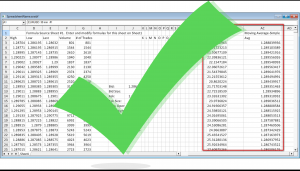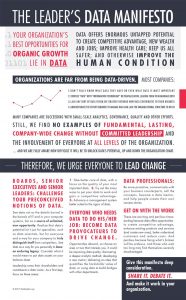 For most of us it may have slipped under the radar, but in December a groundbreaking Patient Demographic Data Quality framework was jointly released by a US government agency and the CMMI Institute.
For most of us it may have slipped under the radar, but in December a groundbreaking Patient Demographic Data Quality framework was jointly released by a US government agency and the CMMI Institute.
In response to findings that many “safety-related events were caused by or related to incorrect patient identification”, the Office of the National Coordinator for Health Information Technology (ONC) worked with CMMI to develop the PDDQ Framework in order help organizations implement effective, sustainable data management practices around patient data management.
Groundbreaking? Yes. As a lean framework appropriate for small business the PDDQ shows how you can rightsize the Data Management Maturity Model to match your situation. That it is freely available demonstrates CMMI’s commitment to improving data quality in healthcare. Continue reading






 ta science or warehousing context, which is often where quality problems
ta science or warehousing context, which is often where quality problems 